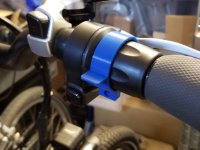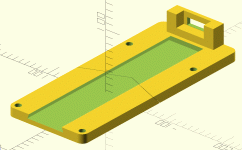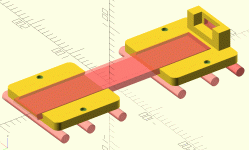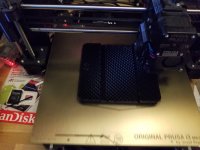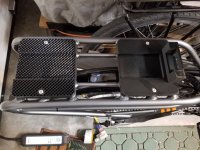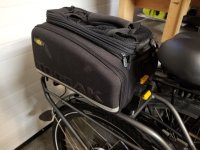I had the same question for a long time. I didn't expect that 3D printed plastic would be strong enough to be all that useful. That turns out to be wrong. It is accurate enough and strong enough for most things. I've seen people print shelf brackets for books, it can be strong enough for a lot of projects if used properly.
I bought the 3D printer for a particular part I wanted to make. Now I use it several times per week, and many things it makes would be very difficult to make otherwise. For example parts with curved internal tracks for cable ties or wires - no way to mill those. 3D printers are the easiest CNC machine to learn and the easiest to have around - clean, quiet, low power, and if the right filaments are used nearly odor free. PLA has a mild odor like French Toast when it is melted, and I use that most of the time. I've made several dozens of designs with 3D printing, and printed a few things from the web as well. There are more than two million internet designs indexed on yeggi alone to print, or to use as ideas or even components in your own design.
I'd still like to have a CNC mill for aluminum and steel but if plastic will do the job the 3D printer is a great way to do it, and for ten times less investment. If you like to make things it is a great tool. They have come down a lot in price, if you are handy you can get something that works for a couple hundred bucks.
I 3d print a lot of jigs, adapters, holders, and tools with my 3D printers. Customized funnels, trays, reels, adapters, covers, boxes, struts, signs, name badges, hooks, protective enclosures, brackets, etc.
I didn't have one when I built my eBikes, but I've made a number of things recently for upgrades. The thumb throttle adapter and rack adapter in this thread and the mounts for the battery in the Peugeot Canyon Express thread. A dual Cycle Analyst bracket in the Bonanza thread. Some of these things would be easy to fabricate with aluminum, others not so easy. Making 3D parts is amazingly easy if you have a design file - choose a filament, load it up, and start the printer. Unlike fabricating a complex part that might take a lot of time and tools in the shop, the 3D printer once started requires pretty much no input. There's very little mess to clean up.
It really helps if you are interested in learning (or already know) how to design things in the computer. Then you can design that widget that does precisely what you want. Make some measurements, make a CAD model, print a prototype, and try it. Even if you are going to machine aluminum or steel for the final product starting with a 3D printed model is a great way to see that it fits before cutting metal. I recall the first 3D printers I saw years ago were about $30,000 and the mechanical engineers were using them for conceptual prototypes to sell their ideas and show how they worked and fit together. It is also great for some of those little things the wife wants. I've made enough things for the wife there are zero complaints about 3D printing expenditures, except maybe about what I'm going to do with that old 3D printer now that the new one is up and running.





